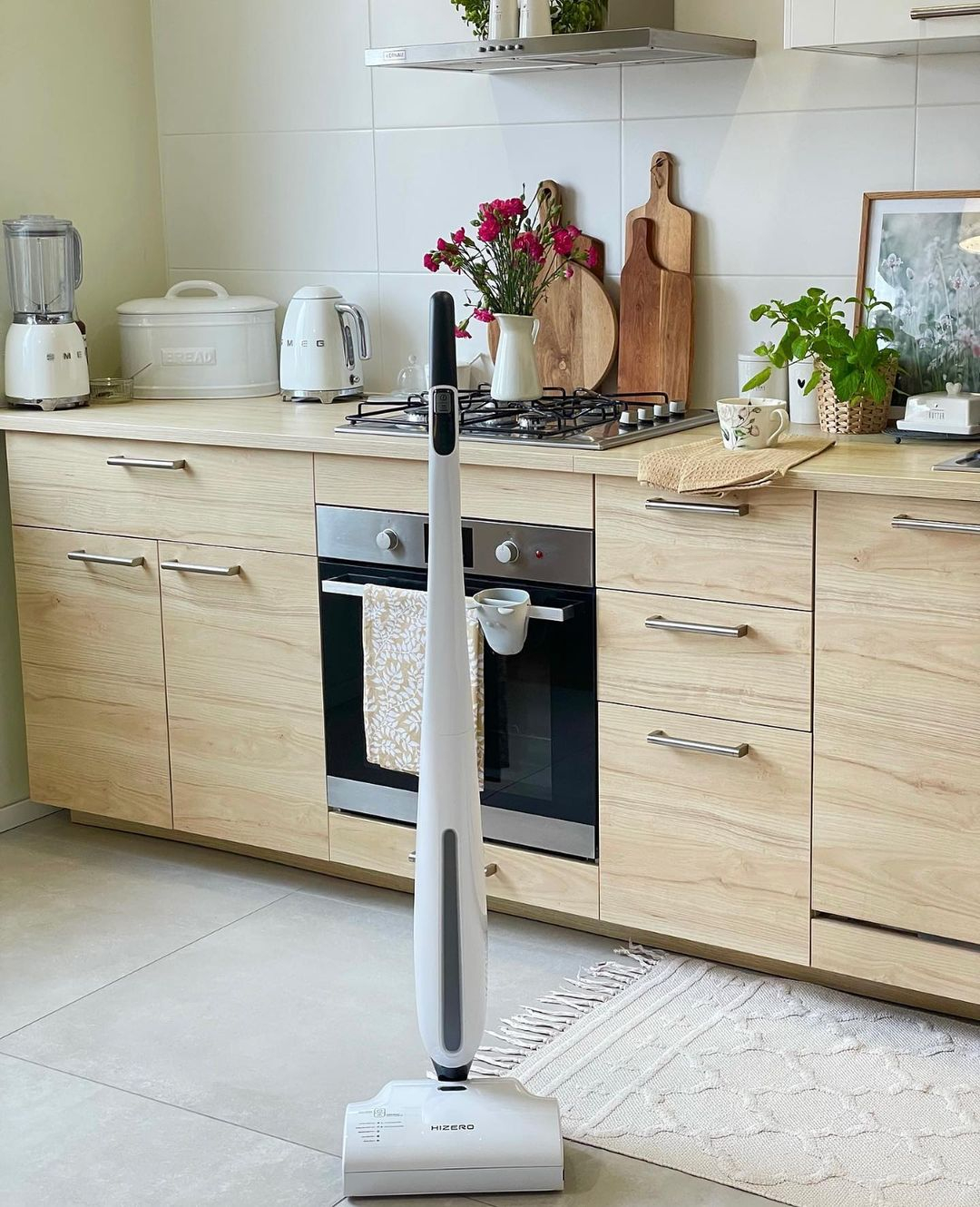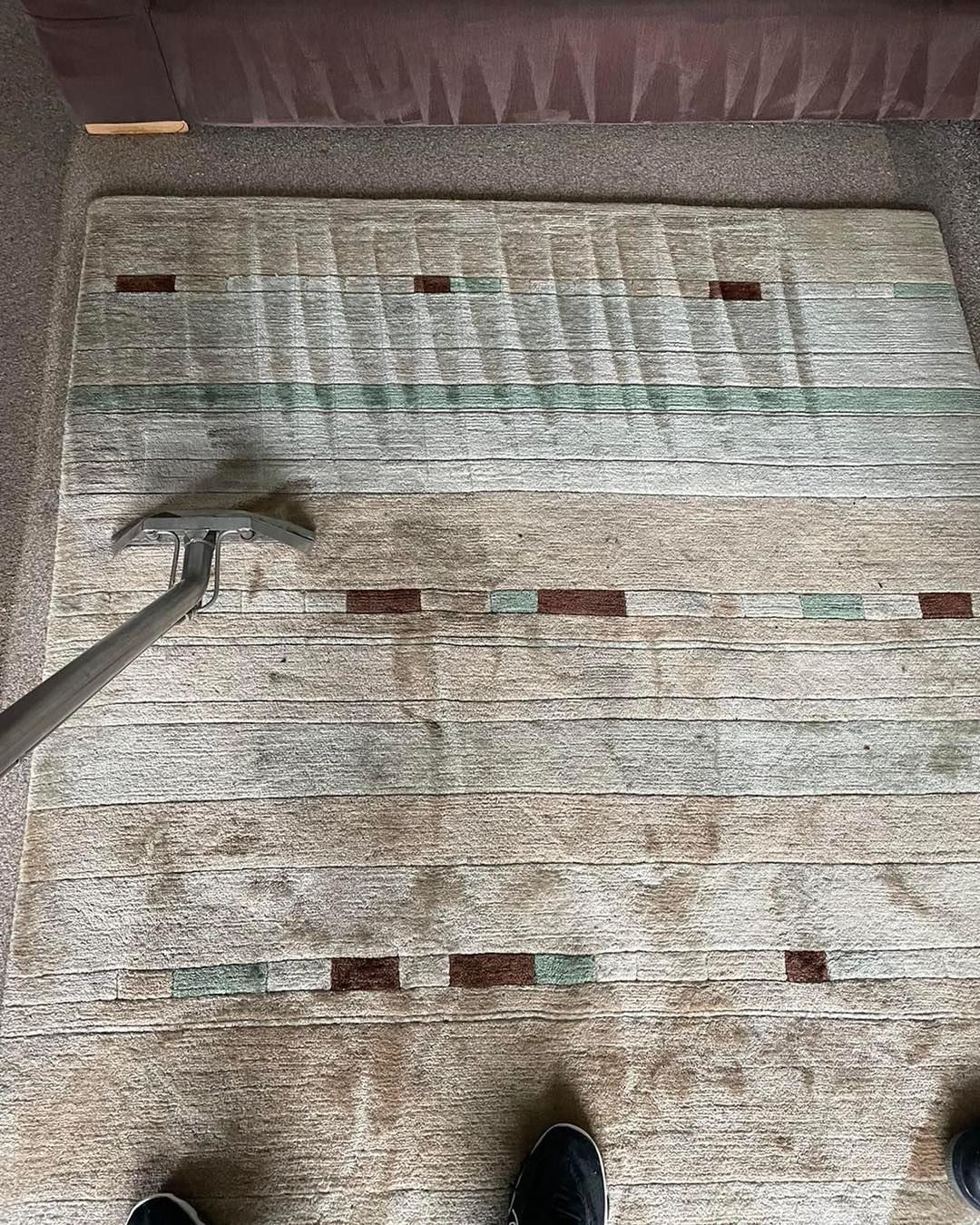Crafting a cleaning schedule can be a daunting task as it involves various considerations. Determining the frequency of cleaning tasks, estimating the time required for each task, and categorizing chores as daily, weekly, monthly, or seasonal can be overwhelming. It’s important to recognize that there is no one-size-fits-all schedule that will work perfectly for everyone. The ideal cleaning routine depends on individual circumstances.
For instance, if you have small children in your home, you might discover that tasks typically performed on a weekly basis need to be done daily to avoid falling behind on cleanliness. Conversely, if you live alone, some tasks designated as daily chores might only need to be tackled on a weekly basis. Individuals with allergies or respiratory issues might need to increase the frequency of certain tasks to maintain a healthy environment.
To navigate through this process, it’s helpful to use the following guidelines as a foundation for developing your personalized cleaning schedule. These guidelines will serve as a starting point, allowing you to customize the schedule according to your specific needs and circumstances. By doing so, you can establish a routine that ensures a clean and comfortable living space while efficiently managing your time and energy.
Crafting a cleaning schedule can be a daunting task as it involves various considerations. Determining the frequency of cleaning tasks, estimating the time required for each task, and categorizing chores as daily, weekly, monthly, or seasonal can be overwhelming. It’s important to recognize that there is no one-size-fits-all schedule that will work perfectly for everyone. The ideal cleaning routine depends on individual circumstances.
For instance, if you have small children in your home, you might discover that tasks typically performed on a weekly basis need to be done daily to avoid falling behind on cleanliness. Conversely, if you live alone, some tasks designated as daily chores might only need to be tackled on a weekly basis. Individuals with allergies or respiratory issues might need to increase the frequency of certain tasks to maintain a healthy environment.
To navigate through this process, it’s helpful to use the following guidelines as a foundation for developing your personalized cleaning schedule. These guidelines will serve as a starting point, allowing you to customize the schedule according to your specific needs and circumstances. By doing so, you can establish a routine that ensures a clean and comfortable living space while efficiently managing your time and energy.
Daily Cleaning Chores
The bare essentials of maintaining a clean home are the daily cleaning chores. These tasks form the absolute minimum that should be performed on a daily basis to ensure a clean living environment. However, the specific requirements may vary depending on the type of household you reside in. In certain cases, some of these chores might need to be addressed more than once throughout the day to uphold cleanliness. These chores can be considered as the fundamental building blocks of a clean home, representing the most essential tasks that need to be completed regularly.
Here are some examples of daily cleaning chores:
- Sweeping or vacuuming the floors to remove dirt, dust, and debris.
- Wiping down kitchen countertops and surfaces after meal preparation.
- Washing and drying dishes or loading them into the dishwasher.
- Making the beds and straightening up pillows and blankets.
- Cleaning and disinfecting frequently touched surfaces, such as doorknobs, light switches, and handles.
- Taking out the trash and recycling bins.
- Wiping down bathroom surfaces, including the sink, toilet, and shower.
- Removing any visible stains or spills on furniture or upholstery.
- Tidying up cluttered areas by organizing items and putting them away.
- Air freshening, such as opening windows for ventilation or using air purifiers.

For daily house cleaning, what you can do is keep your floors clean. Vacuuming or sweeping floors is a task that is considered a fundamental building block of a clean home. Sweeping and Vacuuming Home from @kuchenne_mecyje

Cleaning the bedroom every day you need to do after waking up. This is an easy way for you to do because every time you come home from work you don’t need to tidy up a messy bedroom anymore.Tidy Bedroom from @oakhomeinteriors

Disposing of samoah is also a job that you have to do every day. Therefore, waste is a nest for various types of insects and other animals. This task may need to be done more than once throughout the day to maintain cleanliness. Trash and Recycling Bins from @flodego

Opening the window for ventilation is an air freshener in your home. In addition, this ventilation will be used to let sunlight into the house and be able to give the impression that the room is bright and not damp. Open Ventilation Windows from @provencallife

You also have to wash and dry dishes or put them in the dishwasher every day. Because dishes that pile up a lot will become a breeding ground for germs and insects, this is not good for your home. These tasks can be considered as the fundamental building blocks of a clean home, which are the most important tasks to be completed on a regular basis. Dishwasher from @kitchen.avenue
Weekly Cleaning Chores
While not all of these tasks demand daily attention, they remain crucial for maintaining a clean and organized home. Some items may require more frequent completion than others. By incorporating these chores into your routine alongside the daily tasks, you can effectively uphold order and cleanliness in your living space.
Many individuals prefer to distribute their weekly chores evenly throughout the week, preventing an overwhelming accumulation of tasks at once. This approach allows for a manageable workload each day. On the other hand, some people prefer dedicating a specific day or evening each week to tackle all of their weekly chores in one go.
The key is to select a schedule for your weekly chores that aligns with your personal preferences and availability. By finding a system that suits your needs, you can establish a consistent routine that ensures the completion of these important tasks without feeling overwhelmed. Here are some examples of weekly cleaning chores:
- Dusting surfaces throughout the house, including furniture, shelves, and electronics.
- Vacuuming or mopping the floors in all rooms.
- Changing bed sheets and pillowcases.
- Cleaning windows and mirrors.
- Wiping down kitchen appliances, such as the stovetop, oven, and refrigerator.
- Scrubbing the bathroom, including the bathtub or shower, toilet, and sink.
- Laundering and folding clothes.
- Disinfecting frequently touched surfaces, like light switches and doorknobs.
- Cleaning out and organizing the refrigerator and pantry.
- Vacuuming upholstery and curtains.

You can change your sheets and pillowcases once a week. In addition, changing bed sheets and pillows every week will keep your mattress protected from mites and other bed bugs. Changing Bed Sheets from @elledecoration_nl

You can create consistent routines that ensure the completion of these important tasks without feeling overwhelmed. Vacuuming or mopping the floors in all of these rooms can also be on your weekly homework list. Vaccum from @homimalaysia

By incorporating these tasks into your routine in addition to your daily duties, you can effectively enforce order and cleanliness in your living space. Wiping kitchen equipment, such as stoves, ovens, and refrigerators, can be on your wish list. Cleaning Kitchen from @b.design24

Washing and folding these clothes you can do once a week. Complete important tasks this way without feeling overwhelmed. You can also try washing in the laundry room. Laundering and Folding Clothes from @courtneyadamo

To reduce dust in your home you need to clean your curtains. Washing once a week and changing it is a weekly clean house project. This way you won’t be overwhelmed while doing other homework. Cleaning Curtain from @dantel_curtain
Monthly Cleaning Chores
Monthly cleaning chores encompass areas within your home that can be overlooked during the regular daily and weekly cleaning routines. While these spaces and tasks may not require constant attention, it is essential to dedicate time to give them a thorough cleaning on a monthly basis. This ensures that your living environment remains fresh, organized, and free from accumulated dirt and grime.
The neglect of these areas on a daily or weekly basis does not mean they should be ignored indefinitely. By incorporating monthly cleaning chores into your routine, you can address these neglected spaces and tasks, maintaining a higher level of cleanliness and hygiene throughout your home.
Here are some examples of monthly cleaning chores:
- Cleaning and dusting hard-to-reach areas, such as ceiling corners, ceiling fans, and light fixtures.
- Deep cleaning carpets and rugs to remove embedded dirt and refresh their appearance.
- Wiping down and disinfecting kitchen appliances, including the inside of the oven and refrigerator.
- Clearing out and organizing storage areas, such as closets, cabinets, and drawers.
- Washing windows, both inside and outside, to remove smudges and dirt buildup.
- Scrubbing grout in the bathroom to eliminate mildew and maintain a clean look.
- Polishing and conditioning wooden furniture to restore its shine and protect the surface.
- Cleaning and descaling faucets, showerheads, and other fixtures to improve water flow and prevent mineral buildup.
- Vacuuming and dusting curtains, blinds, and other window treatments.
- Decluttering and deep cleaning the garage or basement to maintain an organized storage space.

Monthly cleaning work covers areas inside the house. Like doing housework cleaning the ceiling from dust. This ensures that your living environment is kept fresh, organized and free of accumulated dirt and debris. Clean Ceiling from @westedgebuildingco

Tidying up and cleaning out the garage to keep this storage space organized can take a lot of time, so this should be on your monthly homework list. Hiring a service or doing it yourself will be more economical. Clean Garage from @rad.garage
Seasonal Cleaning Chores
Seasonal cleaning chores often go overlooked, despite their significance in home maintenance. These tasks typically require attention only two to three times a year, but they play a vital role in preserving the cleanliness and condition of our homes. While they may not demand frequent time investment, it is crucial to include them in our cleaning routine.
Here are some examples of seasonal cleaning chores:
- Deep cleaning carpets and rugs to remove accumulated dirt and allergens.
- Cleaning and inspecting gutters and downspouts to ensure proper drainage.
- Washing exterior windows and removing debris from window screens.
- Cleaning and organizing the garage or storage areas, disposing of any unnecessary items.
- Dusting and cleaning ceiling fans and light fixtures to remove accumulated dust.
- Cleaning and treating outdoor furniture to maintain its appearance and durability.
- Deep cleaning kitchen appliances, such as the oven, refrigerator, and microwave.
- Inspecting and cleaning air vents and ducts to improve air quality and system efficiency.
- Cleaning and disinfecting trash cans and recycling bins.
- Decluttering and organizing closets, donating or storing seasonal clothing items.

Do seasonal cleaning Jobs. Like cleaning the carpet by washing it will reduce the dust that sticks. Clean Rug from @carpet_obsessed

Maintaining outdoor furniture by polishing it with lacquer paint and adding a pergola right above the sitting area is a seasonal maintenance that you have to do. Conditioning Wooden Furniture from @settingforfour

Check and clean air vents and ducts to improve air quality and system efficiency. Cleaning using this long broom will make it easier for you to do this job. Clean Ventilation from @tidycanada
The timing of these seasonal chores can be flexible; what matters most is establishing a consistent schedule and ensuring they are not forgotten. By dedicating a small amount of time quarterly or semiannually, you can efficiently complete these tasks and contribute to the overall maintenance and cleanliness of your home.












